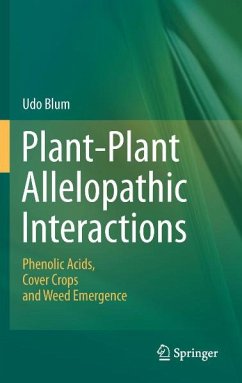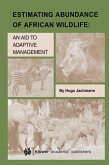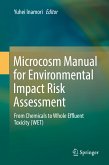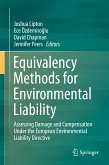This book addresses the following questions: How likely are the necessary phenolic acid concentrations and environmental conditions present in wheat no-till cropping systems for inhibition of annual broadleaf weed seedling emergence? and Do phenolic acids have a dominant role in regulating annual broadleaf weed seedling emergence or are phenolic acids just one component of a larger promoter/modifier/inhibitor complex in wheat no-till cropping systems? The book has four chapters covering: 1. allelopathic plant-plant interactions, 2. laboratory experiments, 3. field and associated laboratory experiments, and 4. conclusions and suggested future research. There are several things that are unique about this book: a. The format is that of a research paper published in scientific journals. b. It differs from the journal format in that logic, reasons, and justifications for various procedures are provided. c. The Scientific Method and its approach to research are emphasized. For example, if-then hypotheses and cons and pros are provided so that readers can draw their own conclusions. and d. Although a broad range of literature is included, this book is a retrospective analysis of some 20 plus years of research on plant-plant allelopathic interactions at North Carolina State University.
Dieser Download kann aus rechtlichen Gründen nur mit Rechnungsadresse in A, B, BG, CY, CZ, D, DK, EW, E, FIN, F, GR, HR, H, IRL, I, LT, L, LR, M, NL, PL, P, R, S, SLO, SK ausgeliefert werden.









